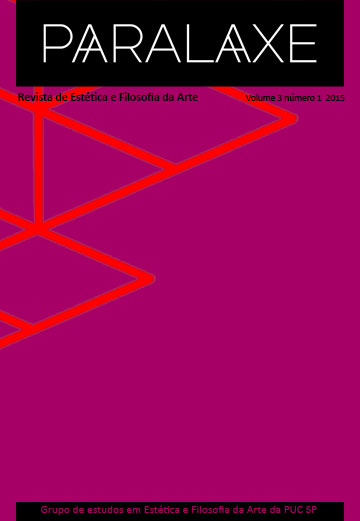In front of the abysm: contemporary art and gesture
Keywords:
human activity, gesture, contemporary art, Giorgio Agamben, AlientoAbstract
Throughout its work, the Italian philosopher Giorgio Agamben maps the three dimensions in which human activity can be understood - do, act, manage - to distinct them and understand the status of each. From an archaeological study that dates back to the Greek world, passes by modernity and culminate finally in the relevance of this distinction to contemporaneity, Agamben create the thesis that it is impossible to access a new politics without investigate the main categories on which we are shaped as human beings. Therefore, this article, recovering the notions of Agamben, exposes the implication of this distinction to artistic activity, as an eminent example of every human production. So, the paper attemps to understand how art is a model to put into question our actions in the world and rethink our own social role. The article show as well how the formulation of the agambenian concept of gesture - a word derived from the Latin verb gerere (manage) - is critical to think the sphere of art in contemporaneity. Beyond that, the concept of gesture will be illustrated from a case study of the work Aliento, by the Colombian artist Oscar Muñoz.Metrics
Metrics Loading ...
Downloads
Published
2015-04-14
How to Cite
Monteiro, J. de M. (2015). In front of the abysm: contemporary art and gesture. PARALAXE, 3(1), 44–60. Retrieved from https://revistas.pucsp.br/index.php/paralaxe/article/view/19559
Issue
Section
Artigos
License
Cedo à revista Paralaxe os direitos autorais de publicação de meu artigo e consultarei o editor científico da revista caso queira republicá-lo depois em livro.


